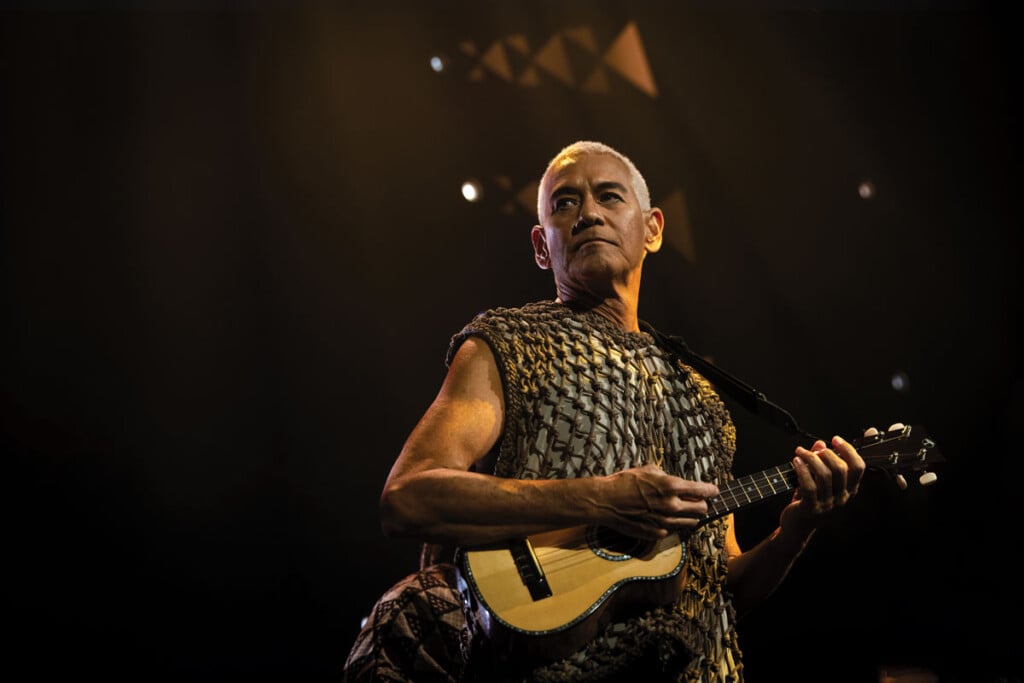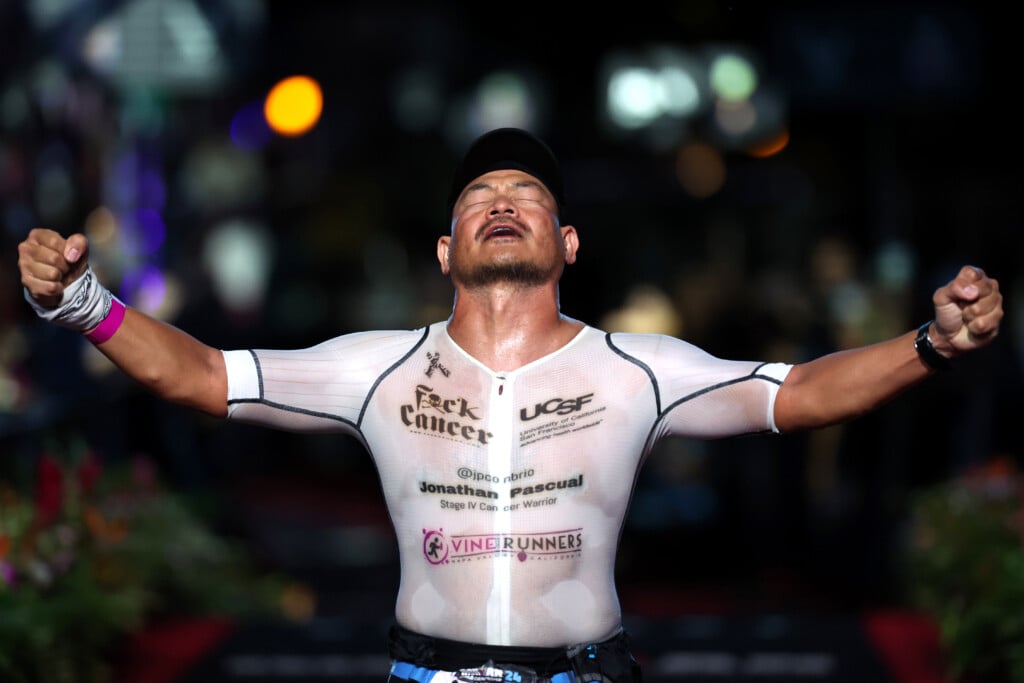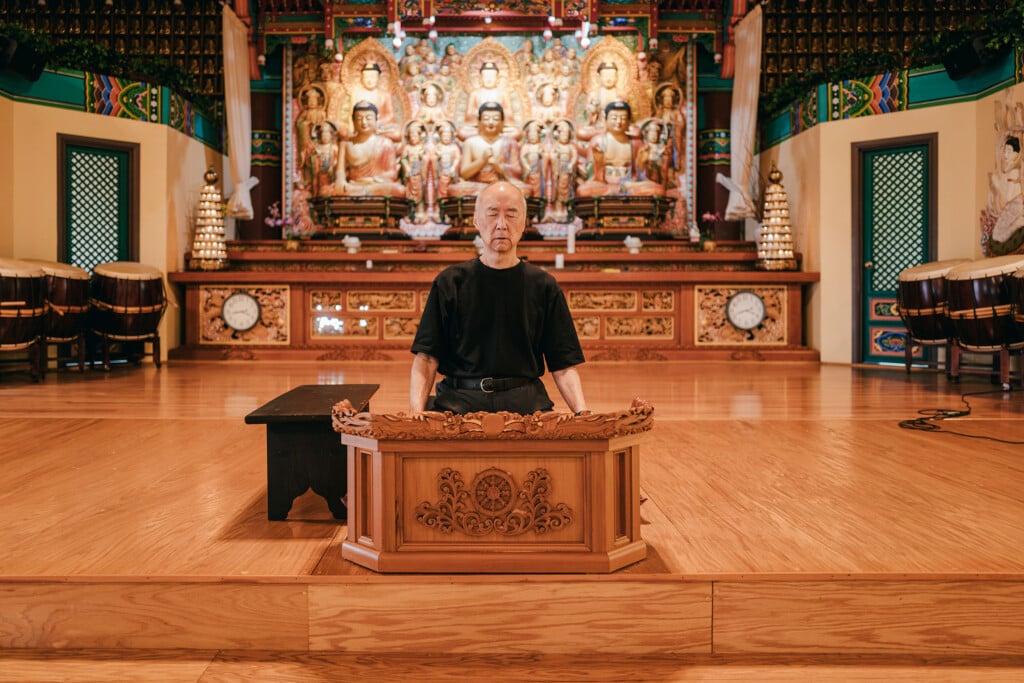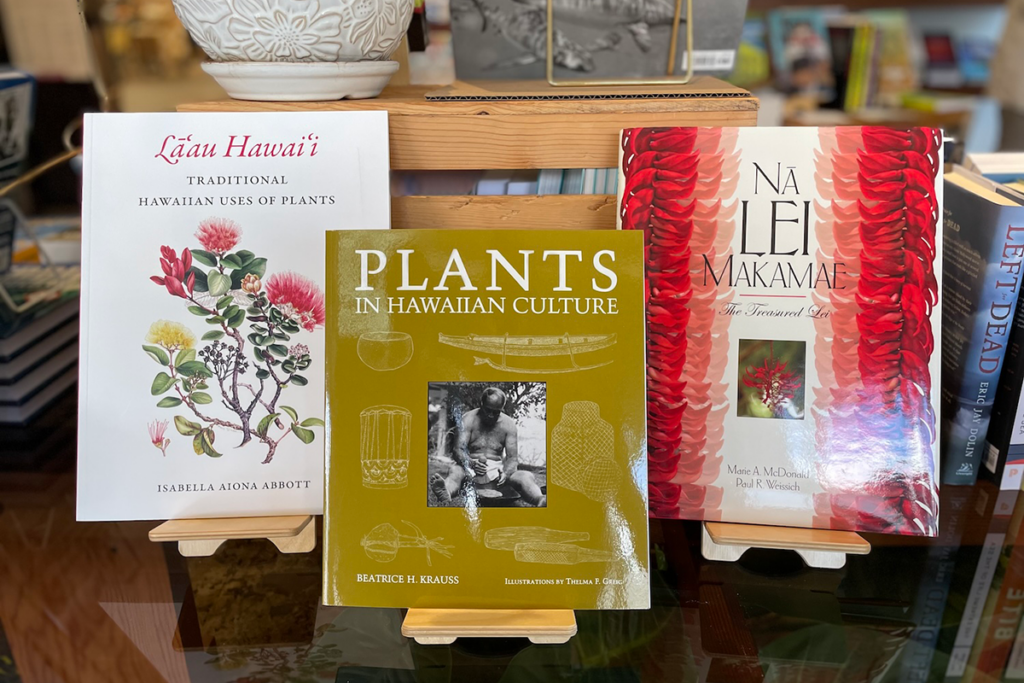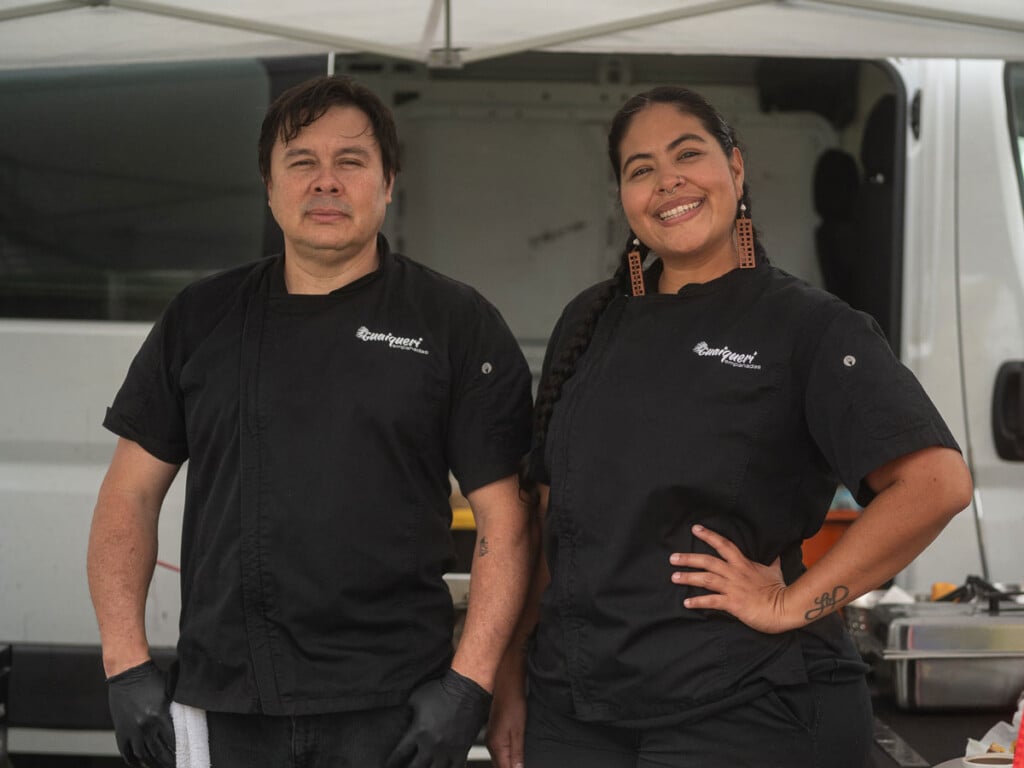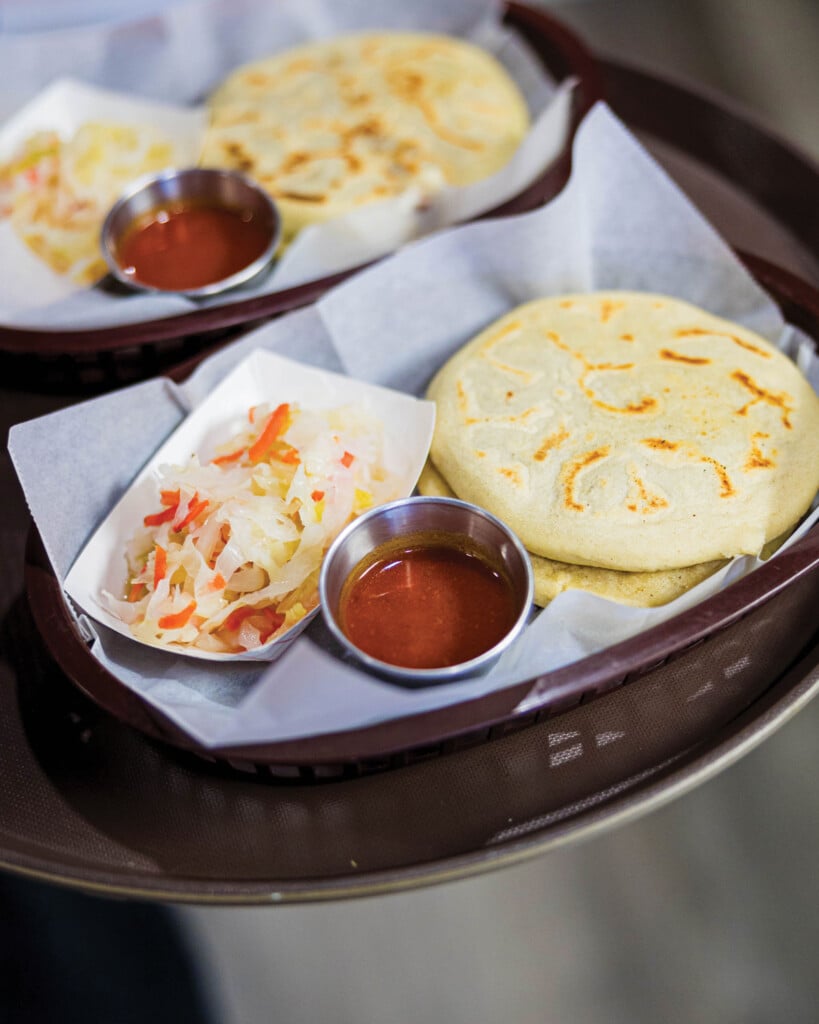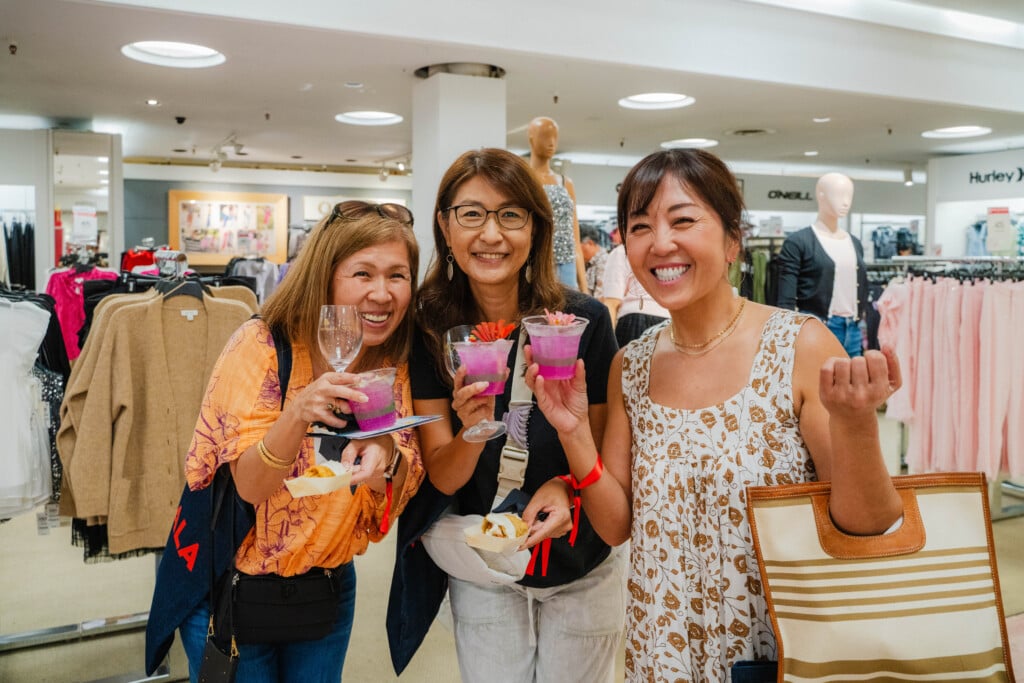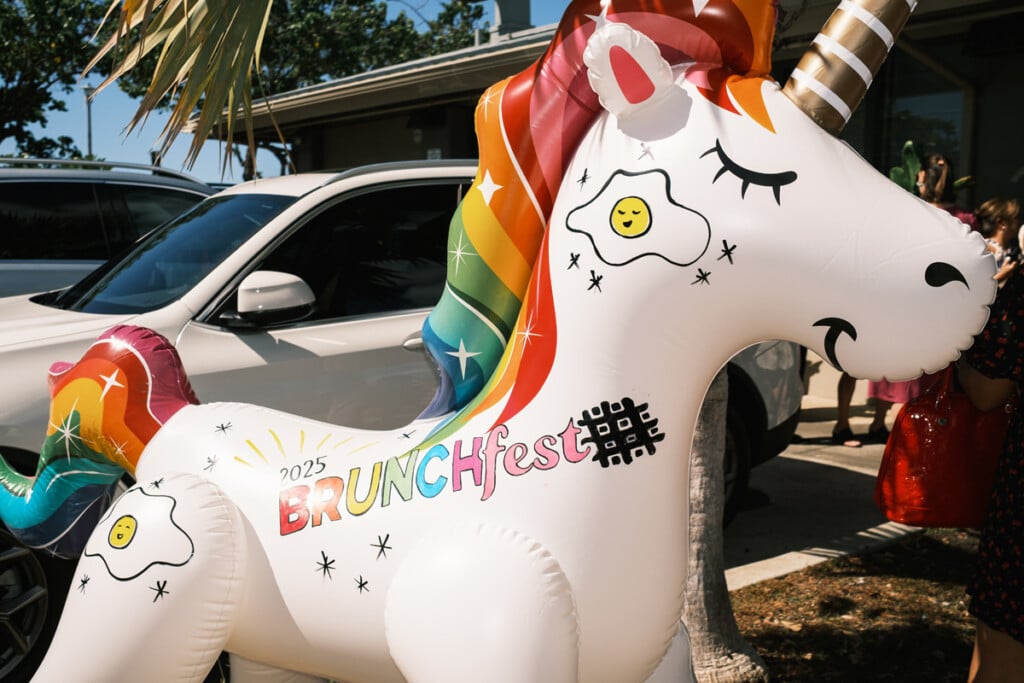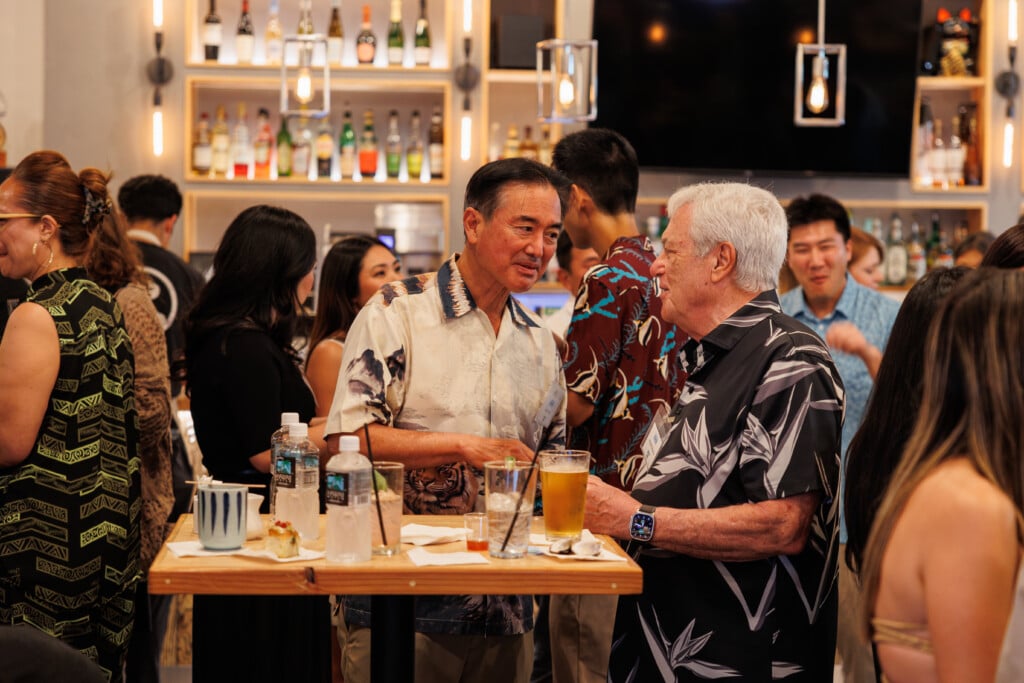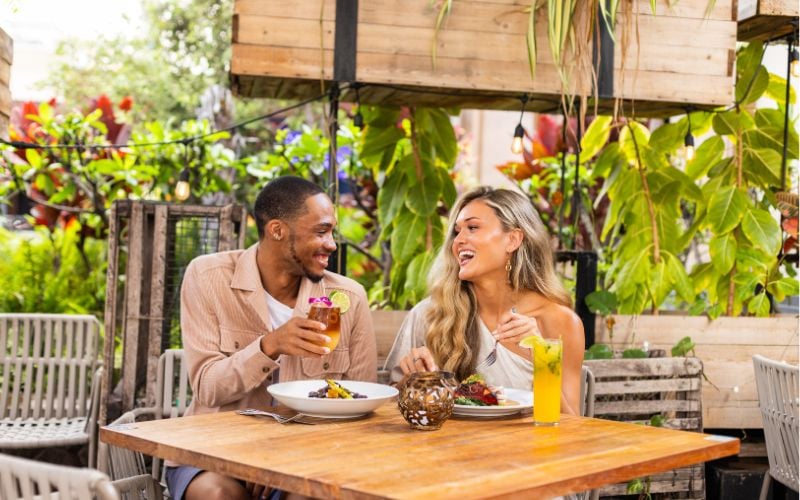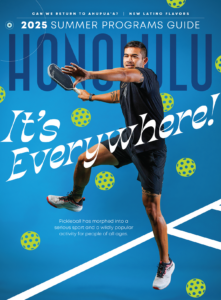Pursuits: Ink Master Steven Lam
We talk to one of Honolulu’s most sought-after tattoo artists, Steven Lam, and peer into his studio Working Class Tattoo and career.
Steven Lam is regarded as one of Honolulu’s best and most sought-after tattoo artists. For the debut of Pursuits, a new series that offers a glimpse into our work lives, we visited Lam’s Working Class Tattoo on the second floor of a corner Wai‘alae Avenue building in Kaimukī.
His detailed work, displayed on the walls, is a clear testament to his talents and dedication to his craft. Over his career, Lam has inked some 4,000 tattoos, often larger Japanese designs with delicately shaded dragons, cranes and Hokusai-style waves.
“My mentor told me that the parlor is like a stage, and you are the host of the show,” says Lam, who learned from premier tattoo artists in San Francisco before setting up shop here. “You have to control the flow of the appointment. People are waiting for a directive, and you’re the expert. You have to ask the right questions, loosen people up so they feel more comfortable telling you what they want.”

Steven Lam in his studio Working Class Tattoo. Photo: Aaron K. Yoshino
SEE ALSO: O‘ahu’s Great Neighborhoods: Kaimukī
Q&A With Steven Lam
What inspired you to become a tattoo artist?
The first time I saw a Japanese tattoo was in the movie Rising Sun with Sean Connery. There was a scene where they were fully covered in tattoos, and that was the first time I’ve ever seen Japanese tattooing. Before that, it was like, your friend or your neighbor uncle had the Hawaiian tribal. And I was just like, whoa. After seeing that, my mind was blown. And I just went to go look it up and enter the world of Japanese-style tattooing. And I was like, man, that’s what I want to do. So Japanese-style tattooing for sure.
And what has kept you in this arena for so many years?
Tattooing, technically, is pretty difficult. I think every time you tattoo, you try to do the tattoo better than the last time, and with Instagram now and all these people doing amazing stuff—makes you want to just keep up with everybody else.

Photo: Aaron K. Yoshino
So how would you characterize your genre of tattoo art?
I do primarily bigger Japanese work, like covering backs and arms and legs. But I pretty much do everything because I’m by myself, so I kind of have to do everything. So I do black and gray Japanese, American traditional. American traditional is what I learned how to do first because that’s the shop I used to work at in San Francisco, Goldfields.
How many tattoos do you think you’ve done in your career?
That’s a long way back. People ask me that all the time. It’s been almost 20 years, and if you were to say I did 200 a year, maybe more a year, that’s a lot. That’s…
4,000?
If not more.

Photos: Aaron K. Yoshino
Do you have a tattoo that is most meaningful to you?
Yeah, I have a tattoo on my shoulder by my mentor, Dean Dennis. And he tattooed that on me right before I left San Francisco. He passed away shortly after I left. It’s a book with a bookmark that says SF on it. A bookmark in my life. So he did that for me.
What about a tattoo that you’ve given somebody?
That’s a hard question. Maybe not necessarily the tattoo itself, but more of the people. You know, like, a lot of the clients that I talk to a lot have become my friends outside of the shop.
How would you describe your clients? Have you seen demographic shifts over the years?
Yeah, if they’re young, they’re getting small tattoos, people in their 20s. But then I started to put on bigger work, like big Japanese stuff. And most of the time, it’s people that are in their 30s and 40s and they have a career and the financial means and they’re established in what they do so they can commit to getting tattoos. They’re not afraid of getting tattoos on their arms because they’re like, I gotta get a job someday.
What are the more popular kinds of tattoos you see? Do certain things get requested more than other stuff?
Japanese style tattooing in Hawai‘i has been pretty steady and popular. But the new trends are a lot of fine lines. Small, fine, delicate, usually just linear graphic styles. I don’t like that shit, but you know, I think where it started is in LA, Hollywood, celebrities started getting super tiny stuff. And then people saw photos and then they’re like, oh, I want to get that. It just blew up. And now that’s like a genre, fine line tattoo.
Do you think tattoos have gone mainstream?
Yes. You see the movies all the time. And you know, there are no boundaries anymore. It used to be… I don’t want to say bikers, but people who were in a nonprofessional world. But now I’m tattooing doctors, police officers, firemen, lawyers. I’ve probably tattooed every profession. I just had this woman come in, right before you guys did, when she just turned 80. And she wants her first step. She wants an infinity symbol.
So, yeah, as far as mainstream, it’s definitely not as taboo anymore. It stopped being taboo a long time ago. I think it’s getting more accepted in a lot of the cultures that were not accepting of tattoos.
Asian cultures tend to have these stigmas attached to tattoos. Did your parents question the path?
Yeah, they did, especially because my parents are traditional Chinese. I don’t think they wanted me to become a tattooer. But I’ve never really listened to my parents. I did it anyway, actually kept it from them because I didn’t live in Hawai‘i. And so for a long time, they thought I was working as a carpenter. And when they came up to visit, I was like, “Oh, I’ve been working at this place.”
And they came up to the studio, and I think they were surprised that the people I worked with were normal people, and they were kind and polite, and they got to see firsthand people getting tattooed. They met all my guys. I guess whatever discrimination that they had was out the door. And it was a real job. I made a good living doing it, and they were more stoked that I was actually surviving tattooing and not necessarily doing art.
Was art questionable too?
Yeah, even when I was doing graphic design, my mom would tell her friends, oh, he’s doing computers. That’s as far as she really wanted to talk about it. You know, I’m lucky that tattoos are popular. And now people pay good money to get tattoos. And that’s where they stand now. They’re proud of me. I have a full-time job. I have taken care of my family.
Working Class Tattoo, 3454 Wai‘alae Ave., workingclasstattoos808.com, @steventattoos
